Electronics for Beginners: Your First Step into Tech
Chapter 1: The Essence of Electronics
Electronics can seem daunting, but breaking it down makes things clear. Think of electronics as three fundamental steps: input, calculation, and output. Understanding this simple flow will set you on the path to mastering electronics.
Chapter 2: Capturing Data – The World of Sensors
Sensors form the input side of electronics. Examples include gas sensors for environmental monitoring, microphones for sound detection, and ultrasonic sensors for distance measurement. These devices gather real-world data that your electronic projects will utilize.
Chapter 3: Processing Data – Choosing the Right Brain
Data processing is handled by microcontrollers and microcomputers like Arduino Uno, Raspberry Pi, Micro:bit, and M5Stack. For beginners, Arduino Uno and Raspberry Pi are highly recommended due to their extensive resources. Micro:bit’s block programming is ideal for education, whereas M5Stack’s all-in-one design makes it user-friendly and portable.
Chapter 4: Output Devices – Interacting with the Physical World
Output devices translate processed data into physical actions. Motors, LEDs, and speakers are common choices. Servo motors are excellent for precise control tasks, while LEDs provide simple and educational circuit experiences. Speakers offer dynamic output options, including AI-driven voice generation.
Chapter 5: Essential Components You Need to Know
Resistors, inductors, diodes, and MOSFETs are fundamental electronic components. Familiarity with these basic elements is crucial, especially in power electronics for voltage conversion tasks.
Chapter 6: Building Your First Project – Bringing Concepts to Life
With a clear understanding of input, calculation, and output devices, you can start building practical electronics projects. Each successful project builds confidence, leading to increasingly sophisticated applications.
Dive in, experiment, and most importantly—enjoy the journey!


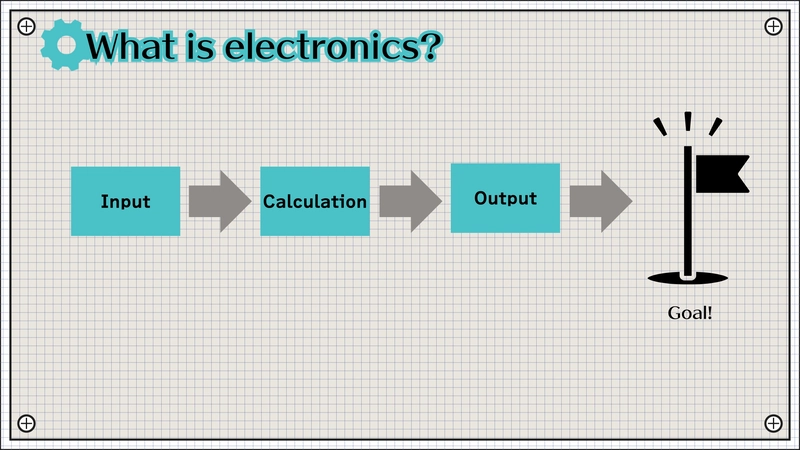

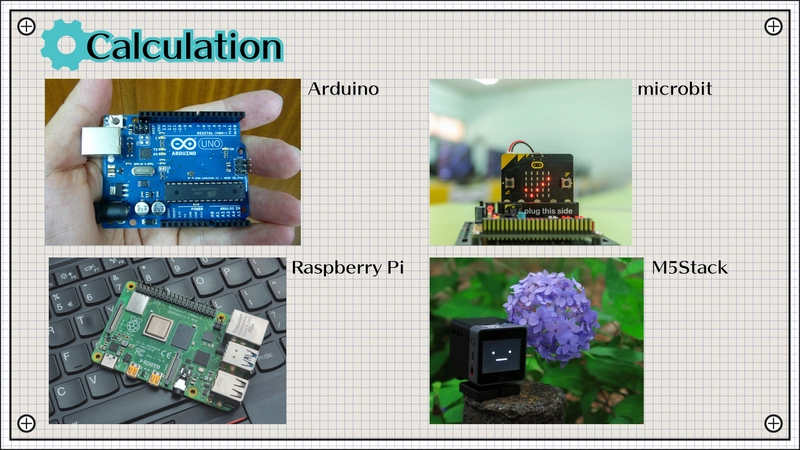
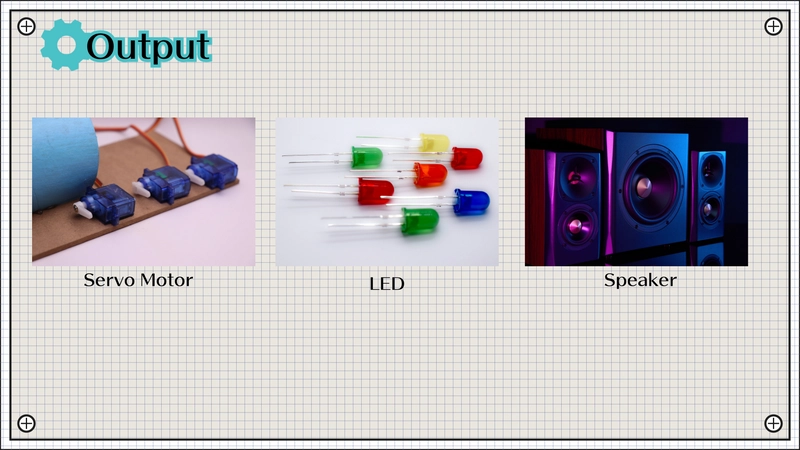
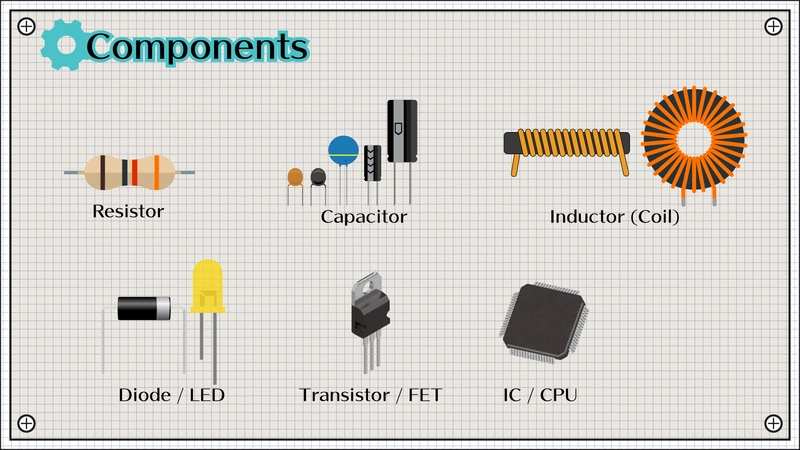
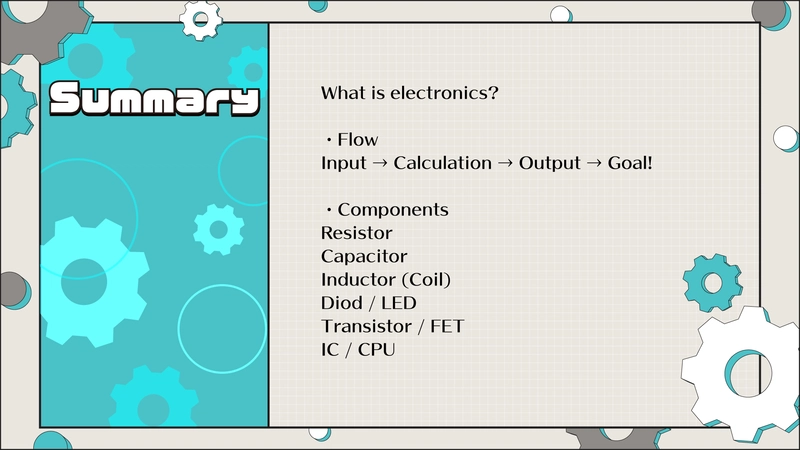

Top comments (2)
This is an excellent beginner-friendly breakdown of foundational electronics concepts. The clear structure — from sensors and microcontrollers to output devices — makes it much easier for newcomers to see how everything connects. I especially appreciate the focus on progression through hands-on projects, which is key to building both understanding and confidence.
For anyone starting out, pairing resources like this with simple, real-world applications can be a game changer. At D&G Refrigeration, we often work with electronic components in HVAC systems, including sensors and microcontrollers, to automate and optimize refrigeration performance. Many of the same principles mentioned here — especially around input (temperature/humidity sensors) and output (relay controls, fans, etc.) — are applied in the field.
Great post — looking forward to seeing more chapters or project examples in the future. Keep it up!
This blog gives such inspiration for beginners and is well-explained about components and the interface. Kudos Buono